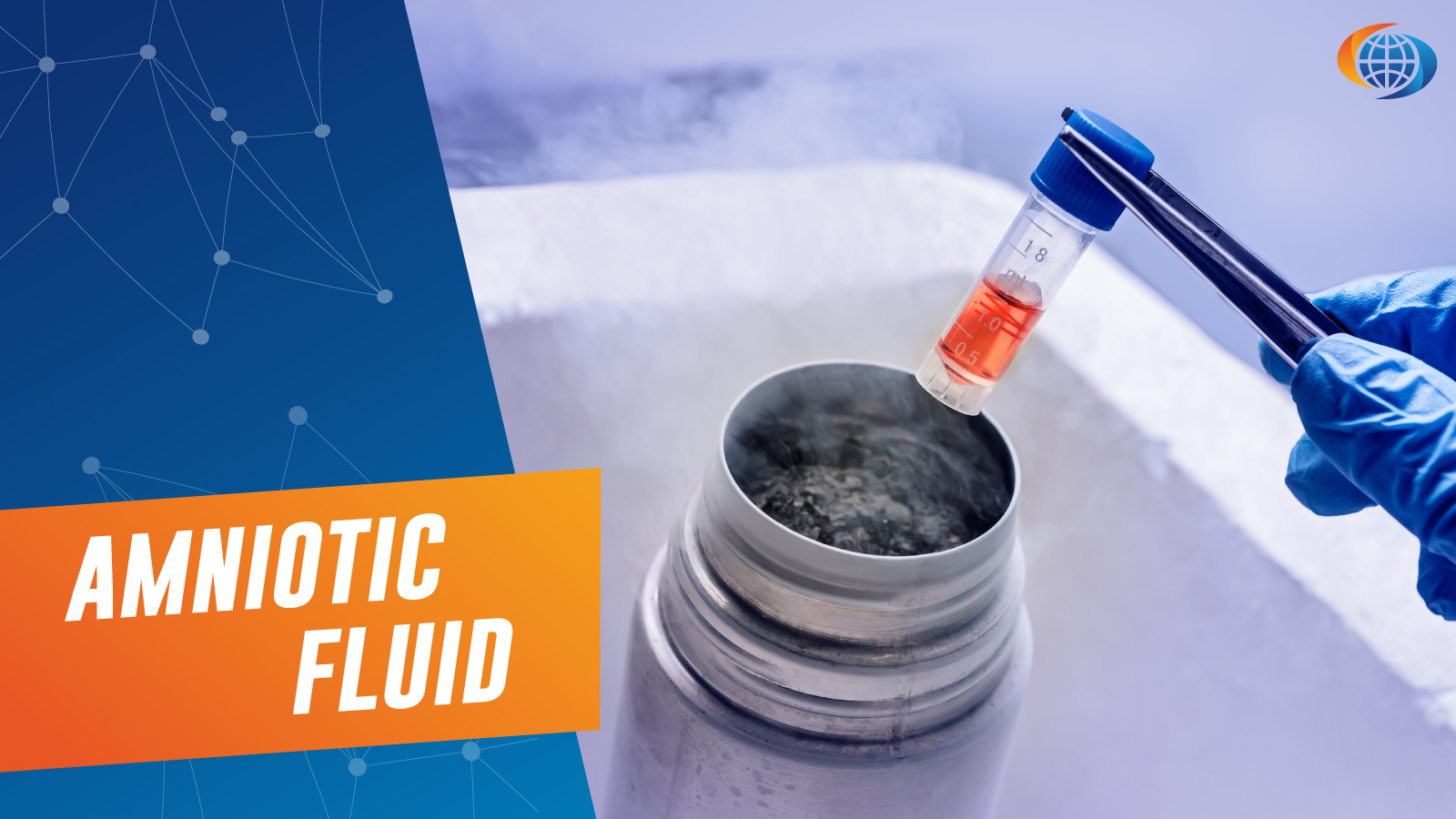
Amniotic Fluid
When it comes to side effects, ease of preparation, fast treatment times, and cost, PRP is above them all in orthobiologics. However, aside from PRP, there is one other alternative that is showing promise: Amniotic Fluid.
Due to it being a really good source of regenerative material that is not only highly proliferative, but also that produces almost no immune response, Amniotic Fluid has been a popular substance to theorize about since the late 1930’s. That is not all though, as this fluid is also high in collagen, growth factors, and hyaluronic acids. These are found in high quantities, making them a good choice for promoting regeneration.
This fluid is also high in stem cells that contain B7H4, a substance that promotes wound healing and even shows promise as a way of growing functional blood vessels. This was demonstrated to be true by scientists at Rice University and Texas Children’s Hospital.
However, we are not going to talk about that kind of Amniotic fluid. The one that we are going to talk about has been frozen, thereby killing the stem cells. This is actually a good thing, as the FDA has banned the presence of stems cells in amniotic fluids.
How Allografts Of Amniotic Fluids are Created
Allografts (Grafts taken from someone besides the person receiving it) of Amniotic Fluids are like Platelet-Rich Plasma that is already ready to be injected. This way, you and your patients receive all of the benefits associated with PRP therapy, without having to extract it yourself.
This amniotic fluid is taken with consent from mothers who decided to donate this fluid during a c-section. Not only were the women themselves pre-screened, but the fluid is tested again afterwards, and then prepared to be instantly used for a wide watch of medical ailments.
The fact that Amniotic Fluid has very little effect on one’s immune system makes it a wonderful allograft. This means that the body is far less likely to attack the donor material, making it far less likely to be rejected. Also, much like PRP, they are also known to fight inflammation, and keep microbes at bay. They are also multipotent cells, meaning they can turn into any cell they need to, making them a gold standard for regenerative medicine.
Since Amniotic Fluid is not taken from the person it it being used on like PRP, it misses out on a lot of those benefits. However, the large amount of elastin, fibronectin, and collagen makes it a great substance to use in wound healing and cell regeneration. It also contains a ton of growth factors, including PDGF, EGF, VEGF, and FDF to name a few.
Amniotic Fluid Allograft
It is often used to improve chronic pain conditions, as well as sports injuries, arthritis, and potentially even the symptoms of aging. It can be used by doctors along with PRP therapy to increase the effectiveness of the therapy. It can also be combined with bone marrow aspirates or hyaluronic acid.
The Potentials Of This
Many doctors may not want to spend the time and money investing in PRP therapies, so we think that Amniotic Fluid in general, could be a wonderful alternative to PRP therapy. Also, this can also be used as a stepping stone to help providers that are new to regenerative medicine to potentially get to PRP or stem cells over time.
We are convinced that once you get started with regenerative medicine, whether it be Amniotic Fluids, PRP therapies, or stem cell therapy, you will prefer it over other invasive procedures for sports injuries, arthritis, and other wounds. This will help save at least a few patients from having to do any unnecessary surgical procedures.
